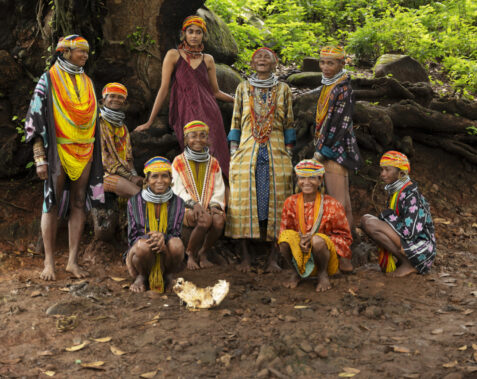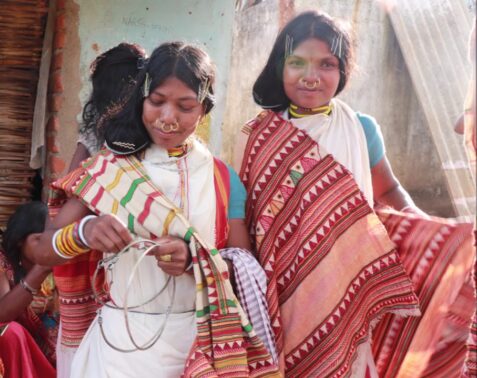BTB Speaks to
Richa Maheshwari
Boito’s Richa Maheshwari speaks to Blur The Border on how a sabbatical trip to Odisha's remotest villages amidst its textile legacy led her back to her roots.

Written by: Manica Pathak
It is no small task, transitioning into a radically different profession- and yet after a 17-year-long career as a Software Engineer at SAP, it is a dynamic journey that Richa Maheshwari seems to have embraced with great passion.“I was working with teams outside of India but I wasn't able to touch and feel what I was doing. I wanted to experiment,” laments Maheshwari, who founded Boito. A label that celebrates Odisha’s textile legacy, Boito was born out of the founder’s attempt to find a way back to her roots. “I was brought up all over the country”, she emphasises and continues, “But sometimes you know what happens - because my father comes from Odisha and my mother from Uttar Pradesh, there's no one set language or one set of food or festivals that you celebrate- maybe the absence of culture sometimes drives you back into looking for it.”
However, for Maheshwari, founding Boito wasn’t one that stemmed out of a whim, but rather a thought-provoking journey. “Rural culture in India has always been very intriguing to me because it's not something I had access to. I wanted to explore the food, dressing, and various religious practices that existed in my country and starting with my home state of Odisha felt the simplest,” says Richa as she prepares to trek through the snow-capped terrains of Kashmir after this interview.
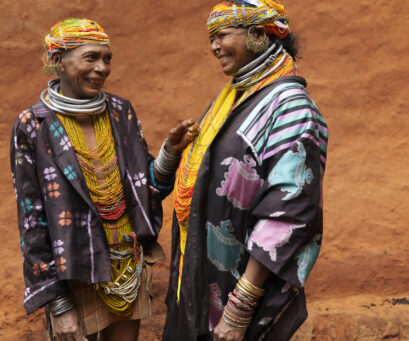
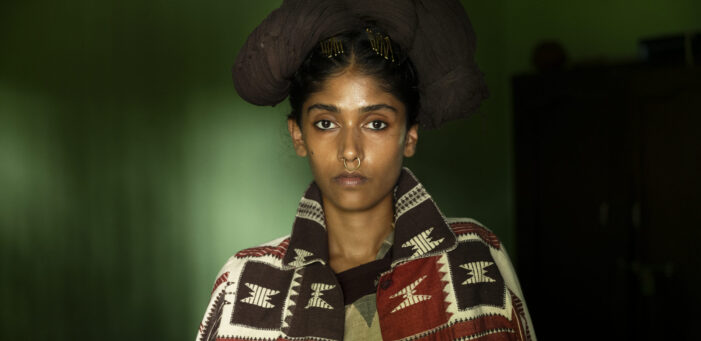
With intermittent wavers under the strong mountain winds, she continues to recollect her sabbatical in 2022 - spent exploring Odisha with her friend Anshu Arora, who now designs for Boito. “One thing that struck me was everyone's ability to weave their own cloth.” she continues. But what really framed the cornerstones of Boito was a familiar warmth and a first-hand experience of textile-making with the tribal communities."There are centuries-old tales and folklore within each of Odisha’s tribal communities, beautifully preserved in their textiles. And even though they have endured for generations, there is a purity to each of these. The kind of weaving that you see on the western border of Odisha will not be visible on the eastern coast, or vice versa. The communities are very proud of what they have, and it's their internal drive that keeps these craft forms alive.”
But to preserve craftsmanship is one thing and to prolong its relevance through the coming decades is another. “You see, I, myself don't wear sarees today and with more and more people leaving the outfit behind we can't sustain the crafts and textiles solely through stoles and sarees, right?," asserts Maheshwari and continues, “So, it is important to reformat this art form and someone needs to bring in beautiful storytelling and simplify the textiles and crafts for the world to absorb. That is exactly what Boito is trying to do. We want to allow these to prosper so that the next generation takes pride in what we have.”
For this reason, Botio’s collections -each hosting over a dozen indigenous crafts from Odisha including the Bomkai, Khandua, and Kotpad amongst others—can be found in formats of outer layers and jackets, “which become slightly more size agnostic and can be passed down to generations too.” However, these outfits retain the traditional motifs and weaves from Odisha. And while innovation is currently being encouraged amongst artisans today, Maheshwari explains, “There’s little need for us to intervene in nurturing their creativity. And honestly, I believe that art cannot be commissioned. For instance, Odisha’s Ikat weaving uniquely depicts human figures, unlike the geometric motifs found in other states. Our artisans can translate complex figures from graphs into tie-and-dye patterns on sarees or stoles, achieving so much despite the limitations that come with tie-dye as an art form.”
But for a country so mulled with creativity and coveted for its textile legacy across borders, Richa points, “Art and crafts are undervalued in India and are often seen as items that you can just pick up from a stationery store. I think it's because of the lack of appreciation for handwork and the way we have presented it. An engineer using their brain is compensated a lot more than somebody who is very skilled and adept at using their hands and creative skills.” she asserts. “But it also could be a situational thing because we are still a developing nation and there are tons of other struggles that we need to leave behind before we can start appreciating art and life, so there is a sort of rewiring that we need to see.”
So, eventually for Boito–whose customer base is quite evolved; bracketing prominent, well-accomplished designers, custodians of art and history or perhaps somebody who has been running a vintage furniture store for 35 years –shining light on the workmanship that goes behind each craft becomes a key aspect. “Because it’s all a visibility game,” she explains. With the younger generation migrating to metropolitan cities in search of better financial opportunities, this effort comes as a relief in safeguarding the legacy of Odia crafts. And the key lies in understanding the next generation. “With them, it's all about getting noticed on social media. The more we talk about crafts and popularise them and see people appreciate their work not just within the village but also on wider global platforms, the more it gives them a lot of validation,” an aspect that Boito is successfully honing. “Every time we make a garment, we photograph it in the specific cluster where it was made, collaborating with local villagers as models. This boosts their motivation and shows the next generation the value of their work. Visual storytelling has a huge impact, it attracts more engagement and this is more visible to the next generation.”
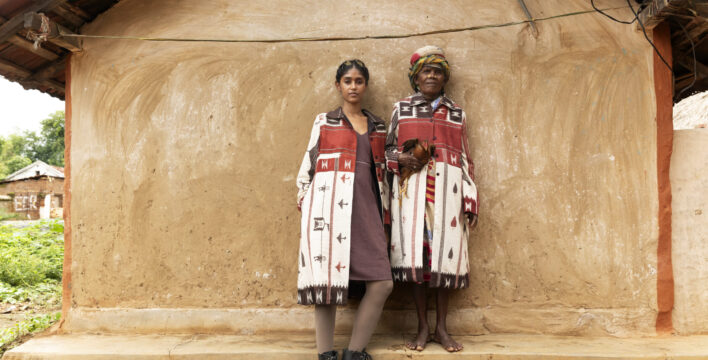

To build on this momentum, however, a fundamental shift is needed to move away from the norm that has often prioritized power looms over handlooms. “It's like the difference between packaged food versus the ones that your grandmother makes for you at home.”, emphasises Richa metaphorically, and continues, "The moment the textile industry rejects the machines and instead nurtures creativity and human potential, they are rejecting consumerist behaviour.” Eventually, “Patience automatically gets introduced into the consumers' minds and this shift has to be created slowly. When something is thoughtfully made, it makes us appreciate the product even more,” points Richa, and continues to explain the key reasons why Boito, despite the future, tugging closely between faster demands and meticulous traditional weaving, takes a different course, "You won’t find us using words like ‘efficient’ because we are not here to spoil the unhurried lives of the weaver communities,”critiques Richa at one of the many popular terminologies that currently masked as sustainability jargon but disrupt the authentic artisanal processes that convey the textile's beauty as it is. “We are not in the business of change, we are in fact the antithesis of that. We are in the business of prospering what exists as living traditions,” she concludes with an afterthought for many more labels to come - that while it is important to adapt to modern relevance, it shouldn't come at the expense of uprooting tradition.

